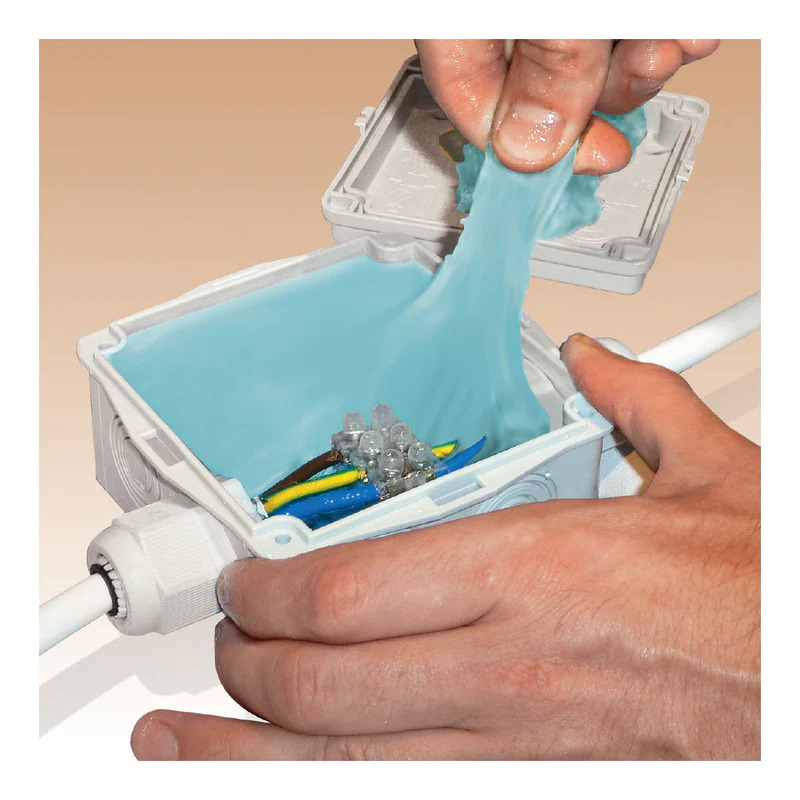In the realm of electronics, ensuring safety and optimizing performance is paramount. This is where the art of Electrical potting comes into play. Electrical potting involves encapsulating electronic components in a protective material typically a resin, to shield them from external factors like moisture, vibration, and temperature variations.
Potting compounds are one of the essential materials for protecting sensitive & critical electronic components from various hazards. The most elasticity is provided by silicone-based potting compounds, which also have the lowest levels of mechanical strength. As one of the key components of the electronics sector silicone potting compounds are seeing tremendous growth on a global scale.
Silicone Potting Compounds Application
Electrical Potting is the act of filling an electronics assembly with solid compounds to protect the assembly or component from the environment. A lot of people use potting compounds to insulate and safeguard electronic equipment from moisture.
These compounds also work as amazing flame retardants with exceptional shock resistance. The potting process can be carried out manually or automatically using meter mix dispense (MMD) equipment. Besides Silicone, epoxy, polyurethane, and other compounds are some of the often used, potting materials.
In addition to having a wide operating temperature range, silicone polymers also have superior chemical, humidity, and water resistance, exceptional electrical properties & ease of usage. The electrical and electronics, aerospace, industrial, automotive, energy and power, marine, & solar power industries are just a few industries where these compounds are used.
Electrical potting compounds
There are several good arguments in favor of potting electronics.
The circuit board can be protected from external factors including moisture in the air, caustic chemicals, and gases (sulfur, in particular, damages the copper used in the components and PCB tracks) by being embedded in an electrical potting compound.
In addition to providing support and cushioning for delicate or fragile components, such as the brittle ferrites used in transformer cores, potting also provides protection against the impacts of mechanical shock and vibration.
It also supports and relieves much of the strain off the PCB pins so that the strength of the pin connected to the circuit board is not solely dependent on the solder joints.
Additionally, potting replaces the air surrounding a converter PCB with a highly insulating medium, preventing arc-over in the power supply from over-voltage stress, which is especially dangerous at high altitudes. As well as the effects of pollution like moisture, dust, and dirt, which could weaken the insulation between the input and output or allow tracking to happen across surfaces.
In order to lessen the stress caused by temperature differences on the components, thermally conductive potting materials also prevent hotspots inside the converter by transporting heat away to the casing and leveling out the thermal gradients.
Finally, potting provides fire protection (UL94-V0) due to the compound’s inability to ignite or sustain a flame after curing.
The Bottom Line
Only if the potting forms a water-tight and gas-tight seal, do all of the benefits mentioned above take effect. It could not be as efficient as a form of protection if the potting medium has air inclusions or “voids.” By permitting internal arc-over or surface tracking, voids can lessen the efficiency of the insulation and, of course, will decrease thermal conductivity. Additionally, a cracking owing to extremely high or low air pressures or the expansion/contraction of the air in the vacuum with temperature could be caused by an inclusion.

